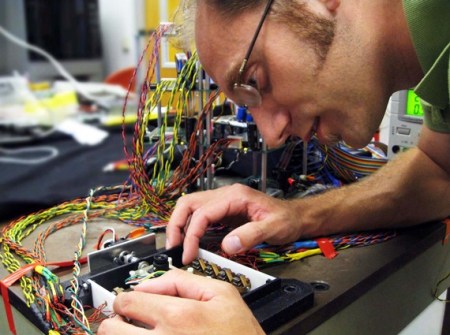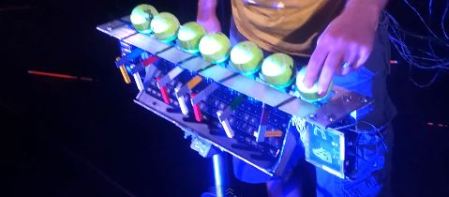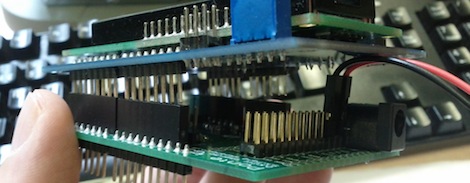The Babel fish from Hitchhiker’s Guide to the Galaxy is one of the strangest things in the universe. After inserting a Babel fish into your ear, it feeds off brain wave energy and excretes a matrix from the conscious frequencies into the speech areas of the brain. It’s invaluable as a universal translator, but until Earth is targeted for demolition we’ll have to make do with [Becky] from Adafruit’s Babel fish language toy.
[Becky]’s Babel fish is still able to feed off the energy given off by language, but in this case the energy comes from a set of RFID cards on which Chinese characters are written. After waving these RFID flash cards in front of the Babel fish, a wave shield connected to the Arduino plays a recording of how the logogram on the flash card should sound when pronounced.
While it’s not a biologically engineered fish that simultaneously proves and disproves the existence of god, every human endeavor – learning a language included – needs more [Douglas Adams] references. You can check out [Becky]’s Babel fish demo video after the break.
















